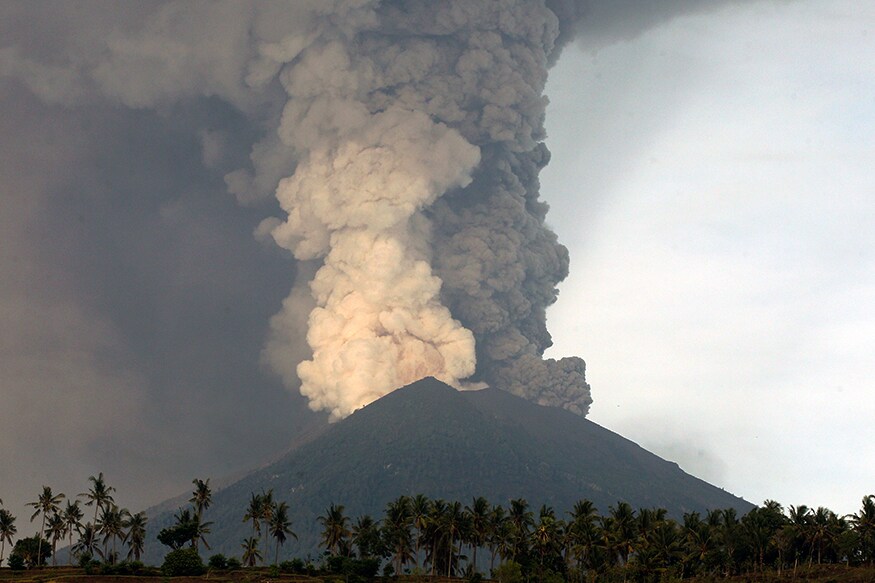

Related to a 1000 cubic km tuff (Tiva Canyon Member) as another member in the Paintbrush tuff Omine-Odai Caldera-Murou pyroclastic flowĪ part of the large eruptions that occurred in southwest Japan to 13 to 15 Ma.Īlso includes a 900 cubic km tuff as a second member in the tuff One of the oldest large eruptions preservedįirst of several eruptions from the Heise volcanic field One of 2 previously unknown Yellowstone hotspot eruptions.Įngland, exposed in Northern Europe and Eastern US Last of the eruptions from the Heise volcanic field Largest in the Southern Hemisphere in the Late Quaternary Nohi Rhyolite total volume over 7,000 km³ in 70 to 72 Ma, Gero Ash-Flow Sheet being the largest One of the largest Yellowstone eruptions on record Yellowstone Caldera- Huckleberry Ridge Tuff

One of 2 previously unknown Yellowstone hotspot Supereruptions Largest Yellowstone eruption. It is the only known supervolcano located directly on the mid-ocean ridge. Really a regional correlation of many ignimbrites originally thought to be distinct Part of the Mid-Tertiary ignimbrite flare-up Volume estimate is uncertain to a factor of 2 or 3. Part of at least 20 large caldera-forming eruptions in the San Juan volcanic field and surrounding area that formed around 26 to 35 Ma.įormed the White Rock Caldera, one of the largest eruptions of the Mid-Tertiary Ignimbrite flareup. The largest of the Indian Peak-Caliente Caldera Complex, and includes flows over 4,000 meters thick at the most. Paraná and Etendeka traps, Brazil and Namibia Goboboseb–Messum volcanic centre-Springbok quartz latite unit This estimate is uncertain to a factor of 2 or 3. Volume includes 5550 km³ of distal tuffs. Possibly a multiple 2,000+ km³ event under a million years. Existence as a single eruption is controversial. One of the largest and oldest supereruptions. Largest known eruption on earth in at least the last million years, possibly responsible for a population bottleneck of the human species (see Toba catastrophe theory) No ashfall deposits have been found, and the erupted volume could be 2-3 times larger than listed if any ashfall deposits are found. Paraná Province suggests an effusive origin from local sources. Even for the eruptions listed here, estimates of the volume erupted can be subject to considerable uncertainty. However erosion and plate tectonics have taken their toll, and many eruptions have not left enough evidence for geologists to establish their size. There have probably been many such eruptions during Earth's history beyond those shown in these lists. A separate list is given below for each type. Volcanic eruptions can generally be characterized as either explosive eruptions, sudden ejections of rock and ash, or effusive eruptions, relatively gentle outpourings of lava. While many eruptions only pose dangers to the immediately surrounding area, Earth's largest eruptions can have a major regional or even global impact, with some affecting the climate and contributing to mass extinctions. In a volcanic eruption, lava, volcanic bombs and ash, and various gases are expelled from a volcanic vent and fissure. The 1991 eruption of Mount Pinatubo, the largest eruption since 1912, is dwarfed by the eruptions in this list.


 0 kommentar(er)
0 kommentar(er)
